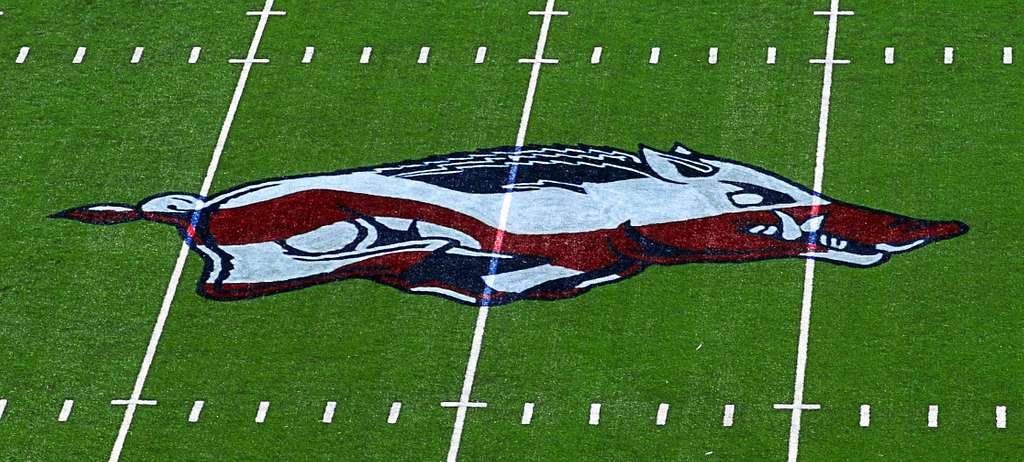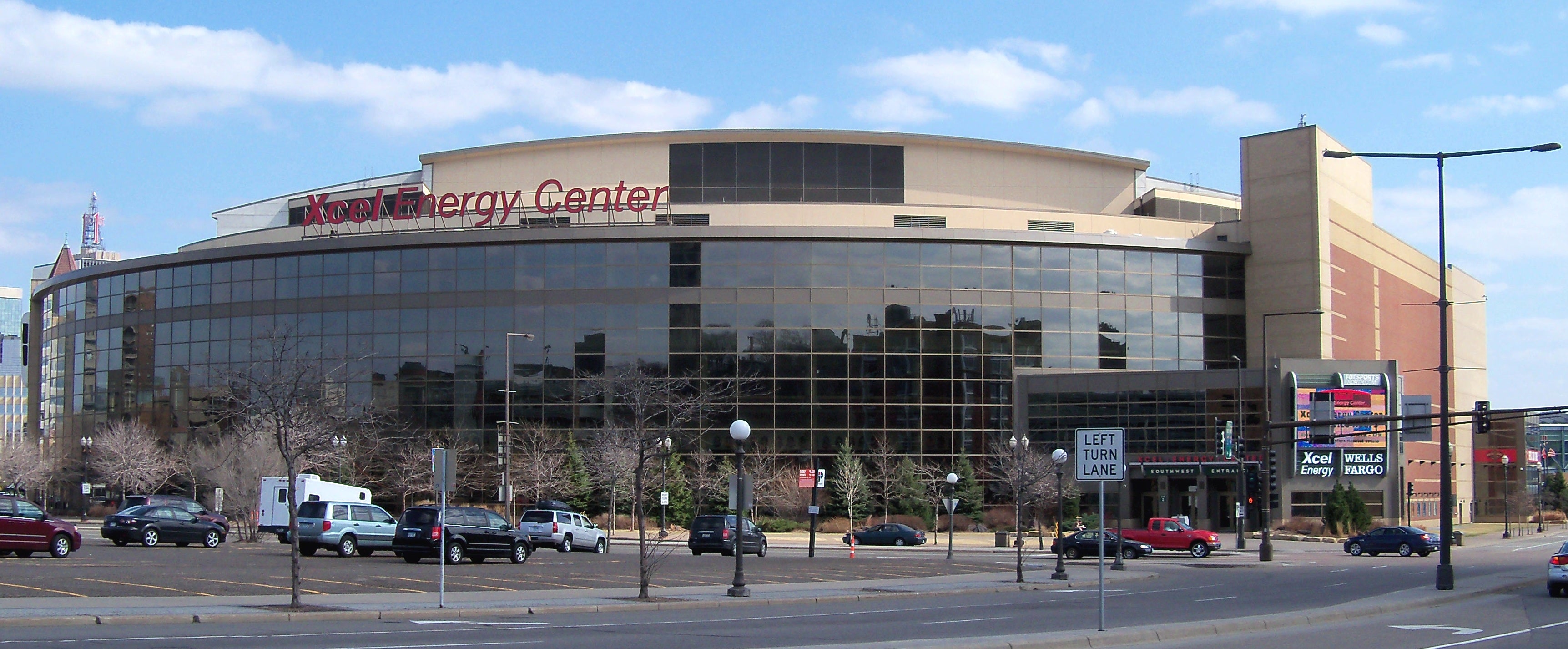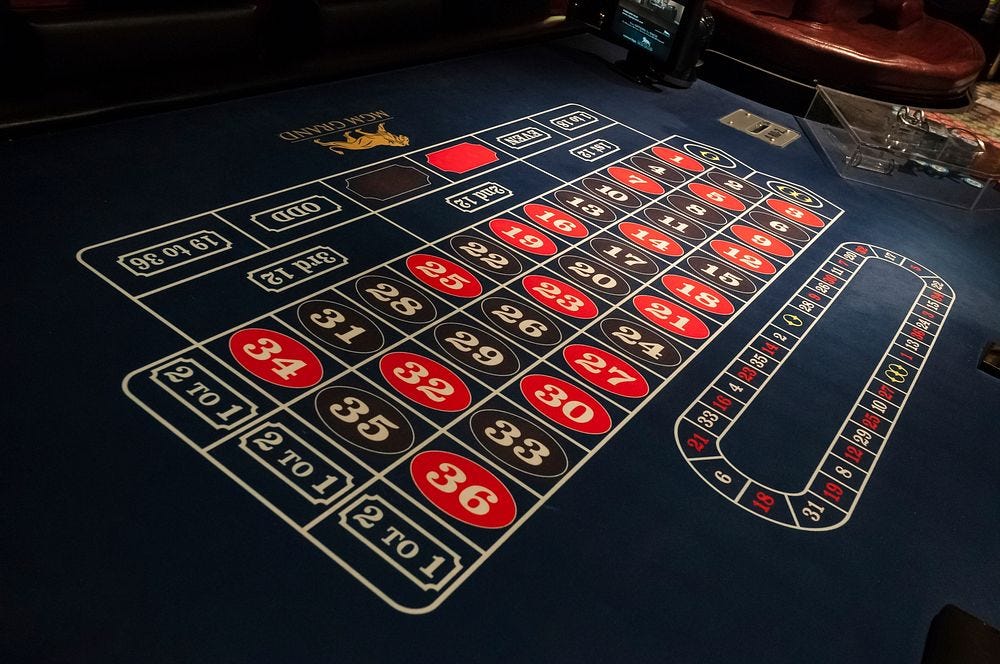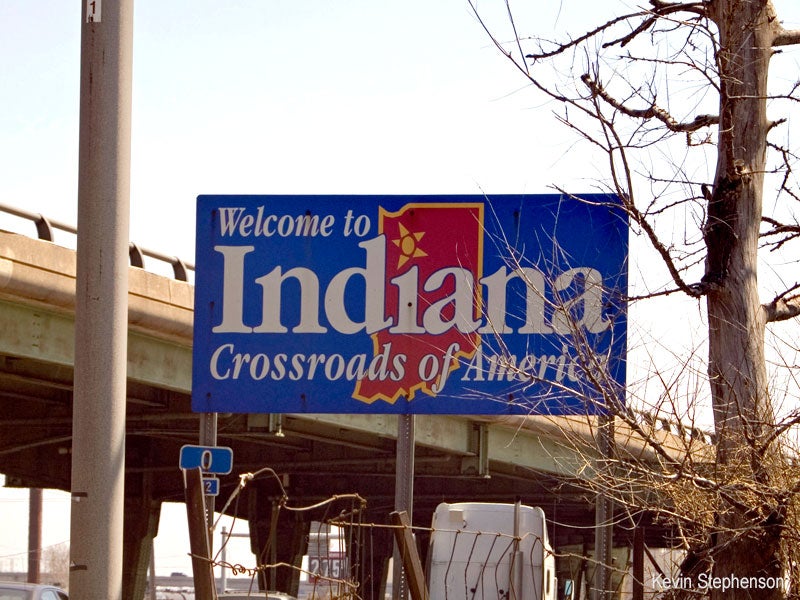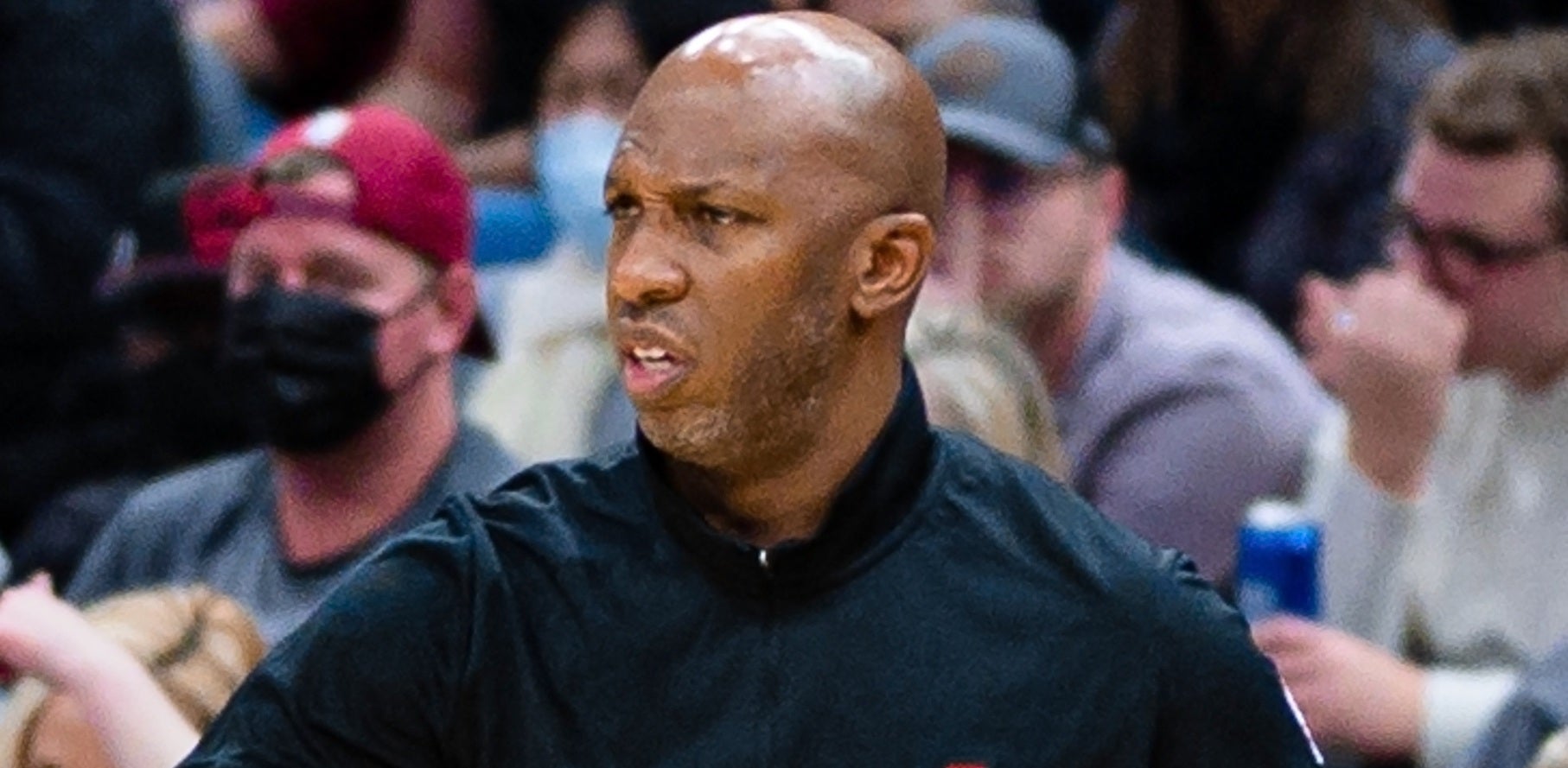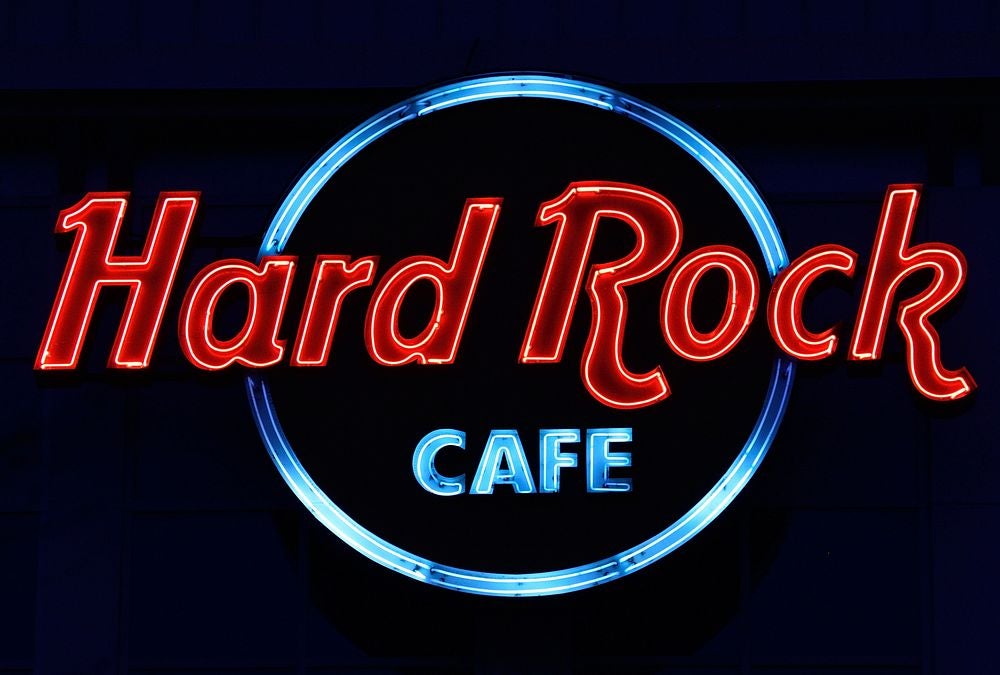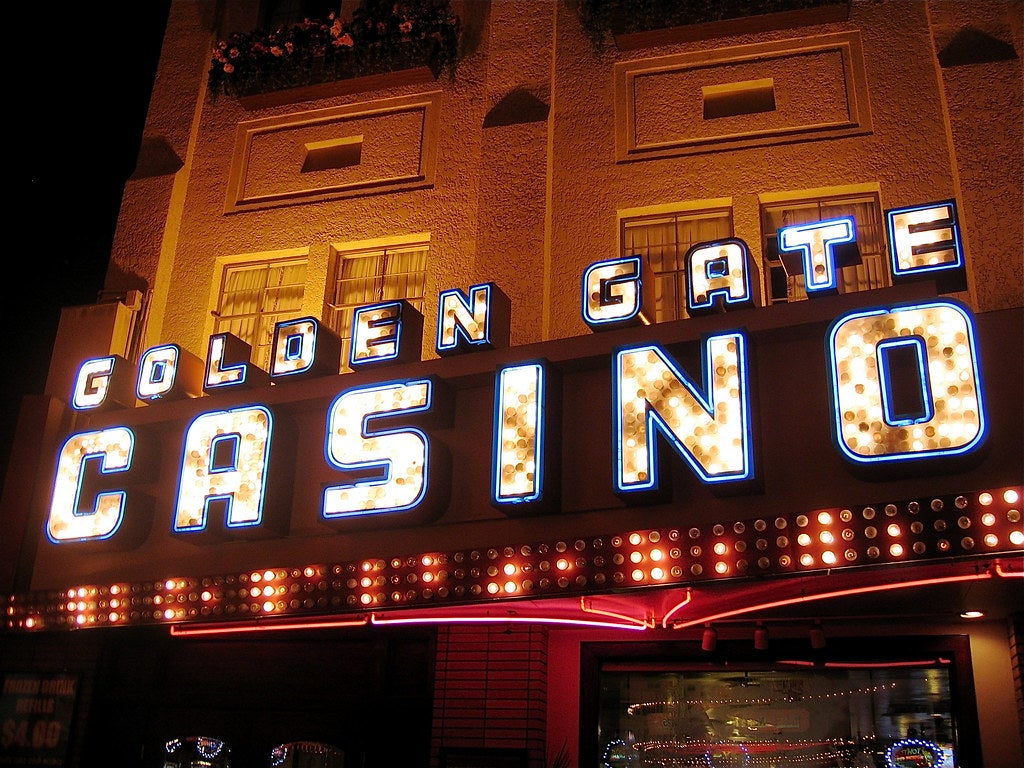Legalizing a new form of gambling
Saffa and supporters of the venture are looking to legalize 50/50 raffles.
This is a common fundraising tool used by collectives across the country. One winner is chosen to receive half of the pool of contributions to the raffle, while the other half is donated to an organization or a cause. In this case, that organization would be Arkansas Edge.
Every state has its own laws regarding 50/50 raffles, including their legality, who and what can organize them, and what groups may receive a share of the pot.
Saracen can develop the technology needed to hold these raffles and allow them to be conducted in the casino’s native BetSaracen app for a lesser price than Arkansas Edge could. The problem is that they cannot hold the raffles until the laws are changed.
Drawings such as 50/50 raffles are considered “games of chance.” Arkansas law prohibits these games designed to generate NIL funding from being conducted electronically, thereby making the new technology useless until the law is amended.
“The rule would allow all Arkansas casinos to run these 50/50 drawings, and it is my sincere hope that all Arkansas casinos do run 50/50 drawings benefiting NIL,” said Saffa.
The importance of NIL
The modern landscape of college sports is very similar to that of professional sports leagues. High-value players essentially enter free agency during the offseason, and many of them commit to the program that offers them the most money.
Arkansas does not have a shortage of NIL money. The university recently signed longtime Kentucky men’s basketball coach John Calipari largely, according to reports, because of his relationship with the Tyson Chicken family and because he was assured he’d have more than $5 million in annual NIL funding.
Despite that, Saffa has his concerns. He said he recently heard someone tell state officials that the university didn’t need any more NIL money, meaning the 50/50 raffles and new technology are unnecessary.
On its face, that is a fictitious claim. Roughly 80 percent of the football team receives money through NIL. Four players have an NIL valuation of more than 200,000, according to college and high school sports authority ON3.
“I can only surmise that perhaps some statement about we don’t need NIL money anymore is maybe based upon what will happen next July when the revenue sharing kicks in [in 2025],” said Saffa, referencing a supposed revenue sharing plan that would supply $20-22 million to the athletic department of each school in the SEC.
.svg)

